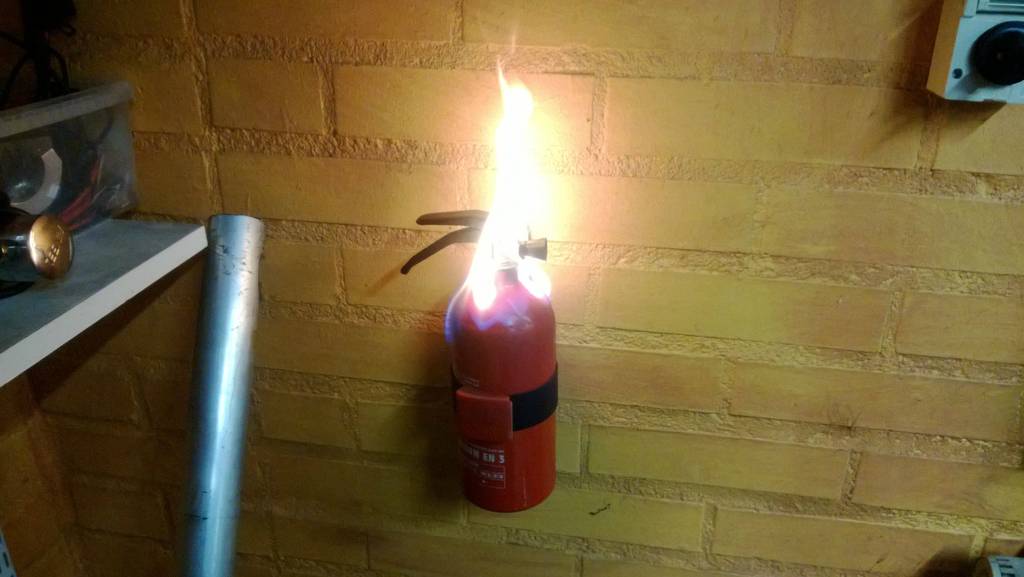I am going to jump to the defence of the Met office. I think they get it more or less right most of the time - for example a forecast of showers means exactly that - showers are by definition localised which means you could be under one after the other or you might be continually in the sunny bits in between. Looking out the window only tells you what your location is getting; it could be completely different on the other side of town. And, I know from having studied meteorology to degree level that its bloody hard - and that was then, before we had the ability to try and work out the interplay between the seemingly infinite number of factors that influence weather not all of which follow the same rules all the time. Did you know for example that how rough the sea is in the mid-Atlantic can affect how heavy the rain is in the UK. But that if its rough and sunny then there's a greater affect than if its rough and raining. It's do with the tiny particles of salt residue after droplets of sea eater evaporate, how they get carried into the atmosphere and how readily water vapour will condense onto the particles once its up there - itself a factor of the origin of the air, the temperature at altitude, humidity, turbulence, amount of sunlight, and more and more variables I can't remember any more. All I know is that working it all out into a consistently accurate forecast is really really difficult even with the supercomputers the met office have at their disposal - which after all only do the number crunching.
What the met office do seem to do badly is over-forecast a potentially severe weather event - call it the Michael fish factor after the farcical forecast of 1987. Technically we didn't get a hurricane (only the Caribbean/southern USA gets hurricanes) so technically he was right, but we did get hurricane force winds which everyone understood so he was wrong in everyone's mind.
Sent from my iPhone with a smile



